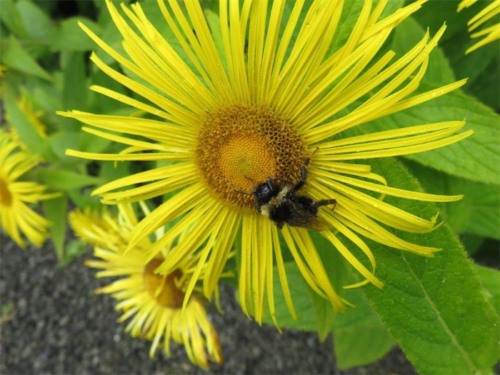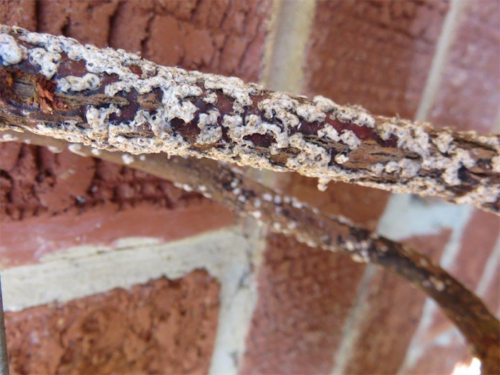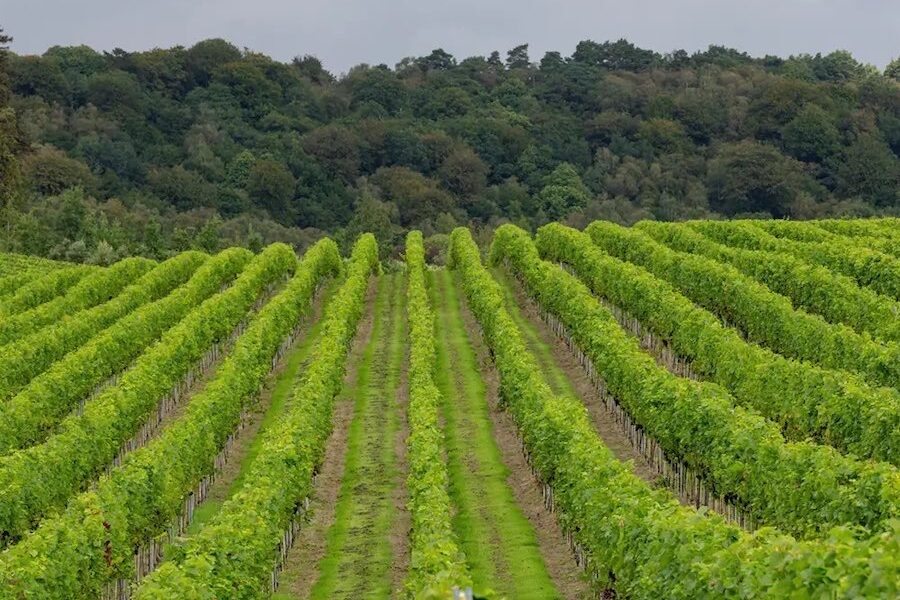
BEES and frogs are important indicators of the state of the world’s environment.

It’s unsurprising that we take bees for granted given, according to the English “Country Life” magazine, they are among the world’s oldest inhabitants, buzzing around 93 million years before humans.
There are about 25,000 sorts of bees, but only seven species that produce honey.
Bees are vital to our environment for pollination of a multiplicity of crops, fruit and veggies. And yet we humans make life difficult for them to survive.
The use of pesticides isn’t helping. One particular range of chemicals, with an almost impossible name to pronounce, is neonicotinoids (or neonics for short), the world’s most widely used pesticide, which is employed in the agricultural and horticultural industry to kill a variety of insects. Unfortunately, it also kills pollinating bees, honey bees in particular and native bees.
Without bees we would have no fruit and a variety of other foodstuffs that require pollination.
After a several-year review, the European Union banned the use of neonics from the end of last year. However, the Australian Pesticides and Veterinary Medicines Authority has no plans to initiate a review of neonics.
Yates garden products, which used neonics for years in its pesticide range, has recently advised it’s no longer manufacturing products containing neonics.
The National Centre for Scientific Research in France suggests neonics are 5000-10,000 times more toxic than DDT. Interestingly, my 1948 edition of the “Canberra Gardener” has a full-page advertisement promoting 100 per cent DDT to kill all garden pests!
But back to helping the bees in their search for nectar.
Gardeners are always looking for new varieties of inbred/hybridised flowers. Often these flowers are a little larger or brighter and often more compact, which prevents bees from penetrating their blooms easily.
Bees prefer large, open blooms full of nectar that they can dive into.
For example, some dahlias with their tight flowers, while winning prizes at shows, are unhelpful for bees.
I am told that bees, even though they have five eyes, also have a problem with deep-red flowers. They prefer soft pinks, purples (with lavender so popular), blues and whites.
Bees range far and wide, up to nearly two kilometres from the hive visiting up to 5000 flowers in a single day in 15 or more journeys.
For more information on which flowers encourage bees read the UK book “Planting for Honeybees” by Sarah Wyndham Lewis and James Lewis Weston. It can be ordered through Dymocks in Canberra.
Finally, pure bee honey contains natural preservatives and can never go off. Sealed pots of honey have been found in ancient Egyptian tombs and perfectly edible after 3000 years.
Jottings…
-

A bad case of scale on roses… time to spray is now. Check shrubs, especially roses and fruit trees for scale insects. Spray with Yates Lime Sulphur or Eco-oil including the ground underneath.
- Take fig-tree cuttings now. Cut a branch the thickness of a finger and about 30 centimetres long, and insert one third into good soil.
- Cut back chrysanthemums to ground level. Time to also dig up and divide if you want more of them.
- Crepe myrtles flower on the new season’s wood, so cut back by one third to encourage new growth and more flowers next autumn.
Who can be trusted?
In a world of spin and confusion, there’s never been a more important time to support independent journalism in Canberra.
If you trust our work online and want to enforce the power of independent voices, I invite you to make a small contribution.
Every dollar of support is invested back into our journalism to help keep citynews.com.au strong and free.
Thank you,
Ian Meikle, editor




Leave a Reply